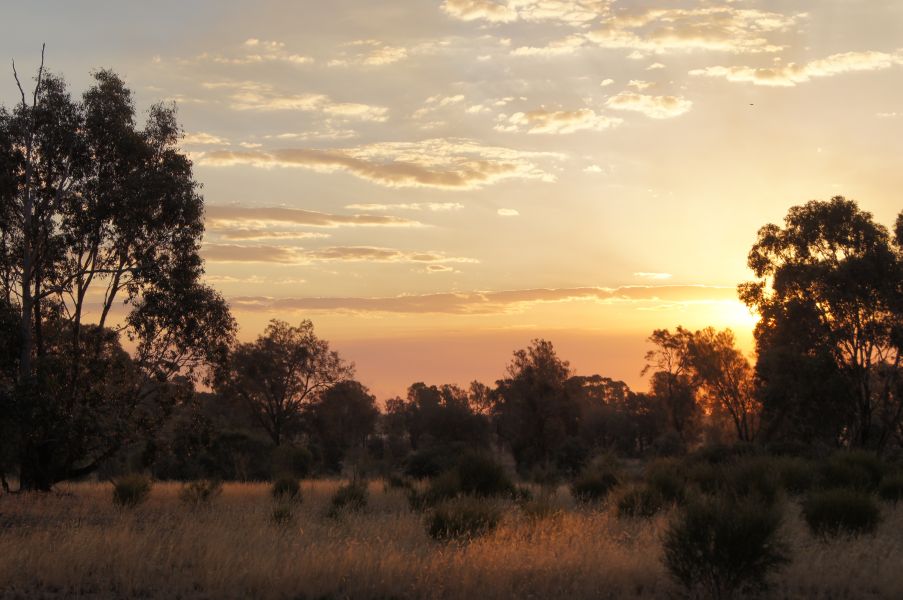Significant achievements in permanent protection
- Trust for Nature secured 40 new conservation covenants in 2021-22, covering an area 3.5 times the Melbourne CBD.
- The Iconic Estates and BushBank programs are supporting the permanent protection of more areas of private land in Victoria.
- The new exemption from land tax introduced in 2023 for land protected by a conservation covenant will make it easier for private landowners to protect important areas of nature.

Bank Australia Conservation Reserve. Photo: Jess Gardner
Connecting semi-arid landscapes in the north-west
National Parks provide critical habitat for our native plants and animals. Approximately 18% of land in Victoria is included in our parks and reserves system, while about 62% is privately owned. Working to permanently protect private land with unique biodiversity values is the important role of Trust for Nature.
Established in 1972, Trust for Nature (Victoria) is a not-for-profit organisation that works with private landholders to place voluntary conservation covenants on properties with high biodiversity values.
One of these special places now under permanent protection is the Bank Australia Conservation Reserve, a 2,117 hectare group of properties in Wotjobaluk, Jaadwa, Jadawadjali, Wergaia and Jupagulk Country in the Wimmera district of north-west Victoria. The most recent expansion, in 2021, added 1,190 hectares to the reserve, about half of which is currently protected with a conservation covenant.
The reserve provides vital habitat for 225 native plant and 234 native animal species. Threatened species include the Tufted Grass-tree, Slender Cup-flower and Buloke tree, and animals such as the South-eastern Red-tailed Black Cockatoo, Diamond Firetail, Fiery Jewel Butterfly and Growling Grass Frog.
The reserve also forms an important habitat corridor linking with Little Desert National Park, allowing species to move across the landscape and enhancing the health and climate resilience of local ecosystems.
The impact of colonisation and agriculture means this land has a legacy of land degradation. Bank Australia has partnered with the Barengi Gadjin Land Council Aboriginal Corporation, the Country Fire Authority, Greening Australia and Trust for Nature to manage the reserve, including cultural heritage surveys, cultural burning, planting of over 180,000 native plants and restoring and improving over 600 hectares of previously cleared land.

Red capped robin. Photo credit: Jennifer Goldsworthy

Diamond firetail. Photo credit: Jennifer Goldsworthy
Permanent protection activity
Permanent protection
Target: 200,000 ha across Victoria by 2037
Table: Cumulative area (hectares) of permanent protection since 2017 across Victoria for 2018-19 to 2021-22
| Cumulative progress* | 2018–19 | 2019–20 | 2020–21 | 2021–22 |
|---|---|---|---|---|
| Statewide total (ha)^ | 3,601 | 5,373 | 8,103 | 10,460 |
*These progress figures are a compilation of data from organisations across the environment sector. While the Victorian Government is a major contributor to this work, many of the projects from which this data is derived are undertaken by others.
^Locations of permanent protected areas are not shown to maintain landholder privacy
The new exemption from land tax introduced in 2024 for land protected by a conservation covenant will drive greater progress towards this target by making it easier for private landowners to protect important areas of nature.
Page last updated: 13/08/24